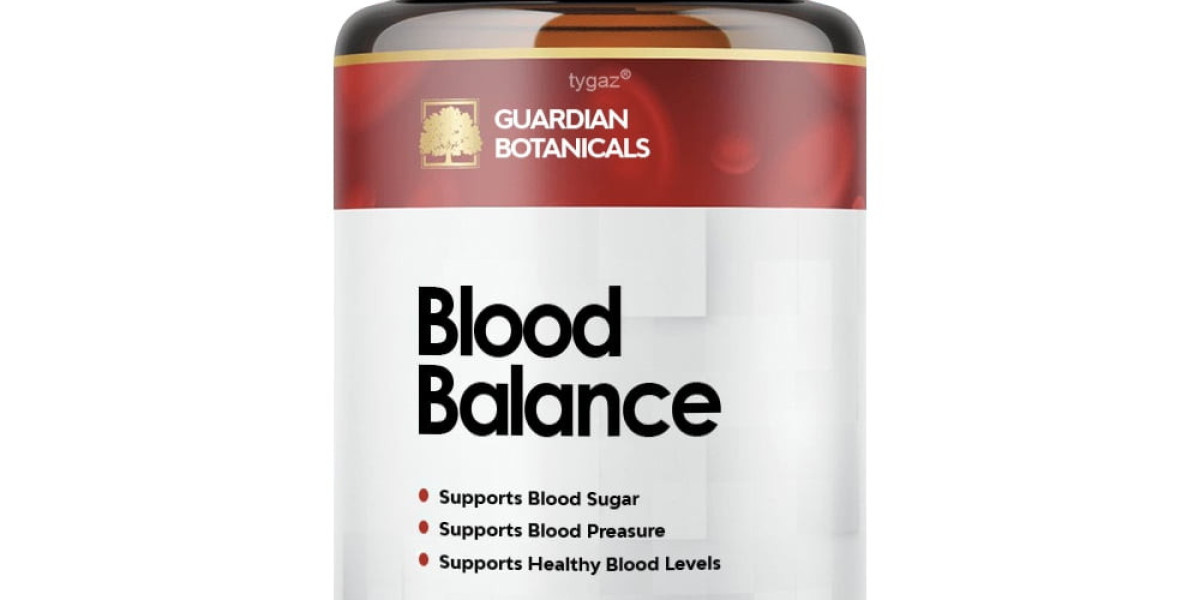Dental Implant and Abutment Market
The global dental implant and abutment market has experienced substantial growth in recent years, driven by advancements in dental technology, a growing geriatric population, and an increased awareness of oral health. Dental implants have become the preferred solution for tooth replacement due to their durability, aesthetic appeal, and ability to integrate with the jawbone, offering a stable foundation for artificial teeth. Abutments, the connectors that hold the dental implant in place, are integral to the effectiveness and longevity of these implants, as they ensure proper attachment between the implant and the replacement tooth.
Market Drivers and Trends
Several factors contribute to the growth of the dental implant and abutment market. One major driver is the rising prevalence of oral diseases and tooth loss, particularly among the elderly. The geriatric population, which is more susceptible to edentulism (loss of natural teeth), increasingly seeks long-term solutions like implants for improved functionality and aesthetics. According to the World Health Organization, nearly 30% of people aged 65–74 have lost their natural teeth, highlighting the need for effective solutions in restorative dentistry.
Additionally, the market has seen a surge in demand for minimally invasive procedures, pushing for advancements in implant technologies and materials. Innovations such as 3D printing and CAD/CAM (computer-aided design and computer-aided manufacturing) systems have streamlined the design and manufacturing processes, allowing for greater customization and precision in implant and abutment fabrication. This customization improves patient comfort, enhances healing times, and reduces the risk of implant rejection.
Types of Implants and Abutments
Dental implants are typically categorized by material and design. Titanium implants are widely favored for their biocompatibility and high success rate. Zirconia implants have also gained popularity as a metal-free alternative, appealing to patients with metal sensitivities or those seeking a more natural aesthetic.
Abutments are available in different types, including prefabricated and custom-made. Prefabricated abutments are more cost-effective and widely used, but custom abutments provide a tailored fit, enhancing patient satisfaction and long-term success. Abutments also vary in materials, from titanium to zirconia, each offering unique benefits based on patient needs and aesthetic preferences.
Regional Insights
Geographically, North America leads the market due to the region’s advanced healthcare infrastructure, high awareness of oral health, and a larger elderly population. The United States, in particular, contributes significantly to market growth, with widespread adoption of dental implants and high dental expenditure. Europe follows closely, with Germany and Italy being prominent markets for dental implants. The Asia-Pacific region is expected to witness the fastest growth, fueled by increasing dental tourism, growing dental awareness, and improved healthcare facilities in countries like India, South Korea, and Thailand.
Future Outlook
The dental implant and abutment market is expected to continue its growth trajectory, driven by technological advancements and increasing affordability of implants. Companies are investing heavily in research to develop cost-effective, biocompatible materials that can reduce implant costs and improve success rates. With innovations in digital dentistry and a rising focus on aesthetic appeal, the future of dental implants and abutments looks promising, offering patients better solutions for tooth replacement and oral health.















